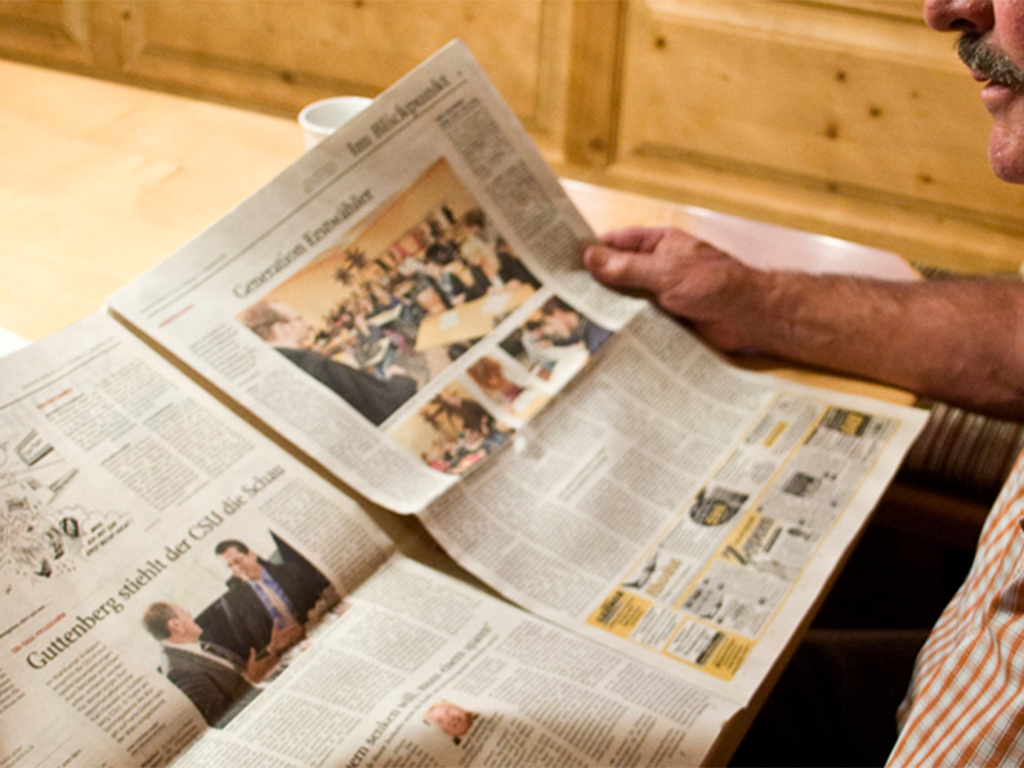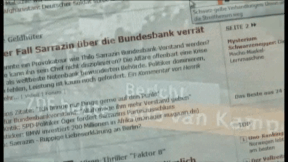 Politik / Sozialkunde, Wirtschaft
Politik / Sozialkunde, Wirtschaft


4675533 / 5563681
Sozialismus
Gleichheit, Solidarität, Gerechtigkeit?
Der Unterrichtsfilm beleuchtet die Grundlagen des Sozialismus, der als Gesellschaftsmodell auf Gemeineigentum und Gemeinwirtschaft beruht. Er hielt infolge der Industrialisierung als Gegenmodell zum Kapitalismus Einzug. Doch in den Ländern, wo sich der Sozialismus verbreitet hatte, erwies er sich als ökonomisch ineffizient und führte letztlich zur Einschränkung der menschlichen Grundrechte sowie zur Verletzung der Rechtsstaatlichkeit. Am Beispiel der DDR wird der der real existierende Sozialismus in all seinen schlechten, aber auch guten Facetten beleuchtet. Dr. Gregor Gysi, Dr. Wolfgang Thierse und Jörg Drieselmann geben authentische Einblicke. Prof. Dr. Hans-Werner Sinn nimmt aus ökonomischer Sicht Stellung. Ein Satz von Gregor Gysi zum Thema Deutsche Einheit macht nachdenklich: „Wenn man gesagt hätte, 90 % muss weg, aber zehn Sachen sind vernünftig, die übernehmen wir für ganz Deutschland, hätten wir eine andere Art der Vereinigung gehabt. Übrigens auch für die Westdeutschen, weil die Westdeutschen dann gesagt hätten: Dank der Einheit hat sich in diesen zehn Punkten meine Lebensqualität erhöht. So ein Erlebnis wurde ihnen nicht gegönnt.“ Gemeinsam mit dem didaktischen Begleitmaterial (klassische und interaktive Arbeitsblätter und Testaufgaben) ist der Unterrichtsfilm bestens zum Einsatz im Unterricht geeignet.
Trailer abspielen

Lehrplanzentral und an den Bildungsstandards orientiert
Passend dazu
The Daily Newspaper
Every day, there is a surge of news reaching us via different news channels. In spite of TV and Internet, the daily paper still is one of the most important main sources of news. But how is a newspaper created? The film shows the production of a paper in the course of one day. Starting with the editorial meeting in the morning, in which the topics and deadlines are determined, the film accompanies a journalist during her research work. You can see how a journalistic interview is conducted and what the photographer must consider when taking a press photo. Back in the editorial office, the editor’s work is illustrated, which includes the page layout and the writing of an online article in today’s time. Impressive pictures from the printing centre depict the process from the digital page to the finished newspaper. Together with the comprehensive accompanying material, the DVD is perfectly suited for use at school
Mobile Learning II
Oh, what’s that? Original soundtrack Thissen: “As our children grow up in a media world and naturally handle the media, they should also be a topic in school.“ An older child says the point is that they don’t just load down apps but create things themselves that haven’t existed so far. Hi, I’m Jana. A propeller hat. I’ll put it on. Now I’m no longer a simple rhino, but a flying rhino. Original soundtrack Thissen: “It’s exactly the great flexibility of tablets that promotes very personalised and adapted learning.” Original soundtrack Welzel: “It’s fascinating to see how the children grow with their products and how they always want to improve them.” The Westminster Abbey is a church in London for the royal family. Original soundtrack Welzel: “And?“ They think it is ok.
Blogging
The weblog or blog, for short, as a medium is not much older than this century. Blogs came into being in the World Wide Web as ’messages from below’, as web pages from web creators who wanted to share their view of the world with the world. They are short notes, long texts, pictures, videos, which are posted loosely and at random intervals to the world for an undefined public.










